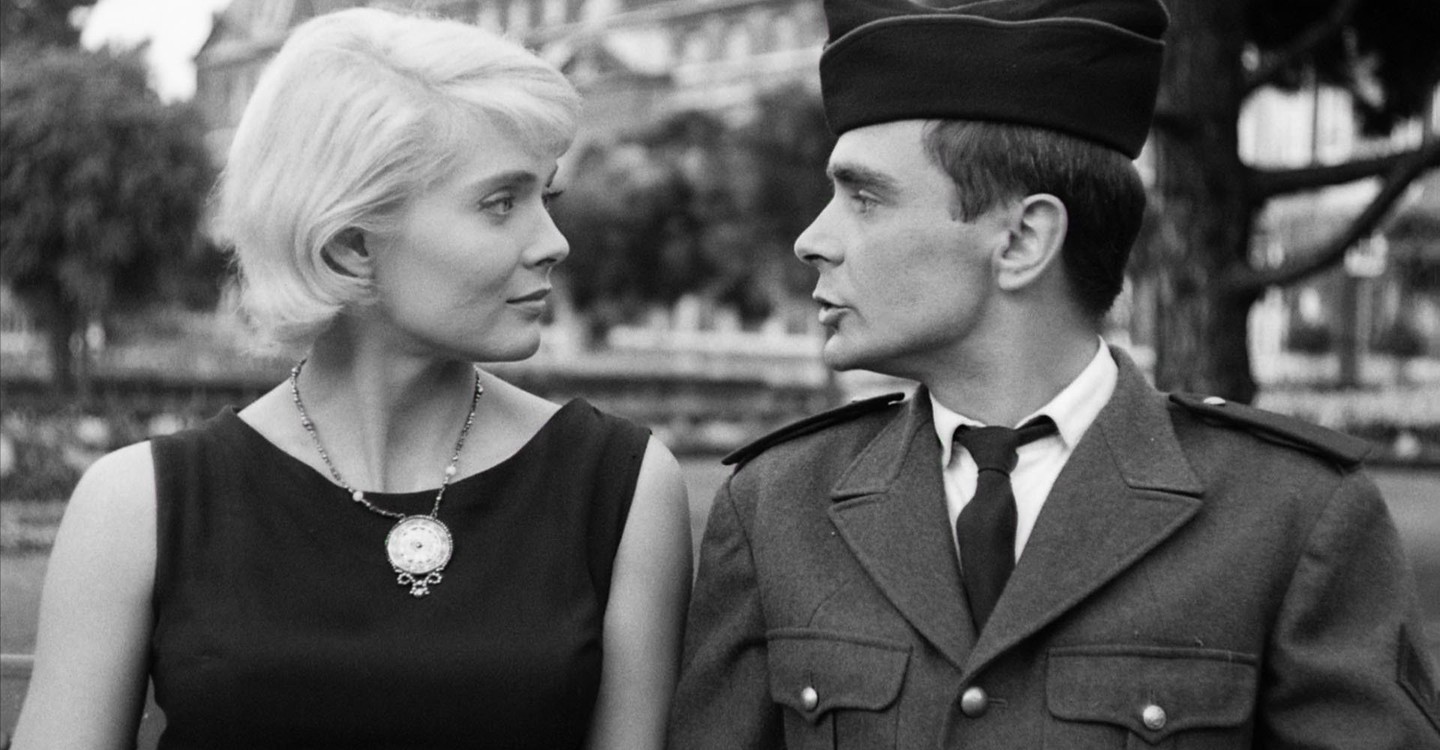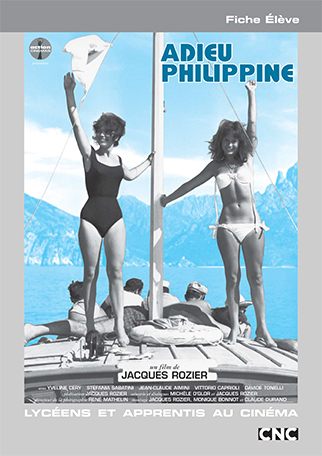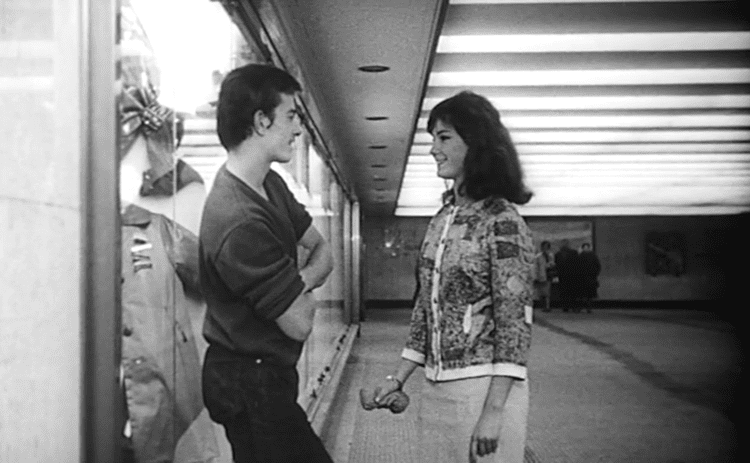2 classic new wave films are:
Cleo From 5 to 7 [Varda, 1960]



Adieu Philippine [Rozier, 1962]



2 classic new wave films are:
Cleo From 5 to 7 [Varda, 1960]



Adieu Philippine [Rozier, 1962]



‘Explain how the political, social and economic upheaval created by the aftermath of both the Russian Revolution and WW1 affected the production and content of classic Soviet Constructivist Cinema.’
Before WW1, 90% of film productions shown in Russia were from abroad which caused film production in Russia to increase throughout the war [129 short + mid length films in 1913 rose to 500 in 1916]. However, due to this producers began to run out of film stock and cinemas had to follow a stricter censorship than they had to before the war – military authorities also having to monitor film sets and authorize imported films and distribution of films as there would be public uproars if they watched German films.
However, there was a massive decrease in film production from 1917 onwards which was made even worse when the economy collapsed in 1921 as Vladimir Lenin realized film could be used for quickly spreading propaganda, causing the Russian government to prioritize film production. Unfortunately, a lot of pre-revolutionary producers had already fled Russia, taking their film stock and smashing their studios, preventing the production of films. Russia couldn’t import new equipment or stock which eventually led them to create VGIK, a professional film school, in order to train people for cinema.
